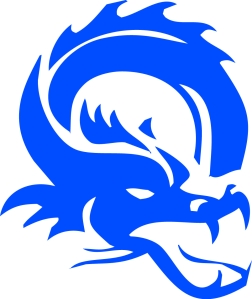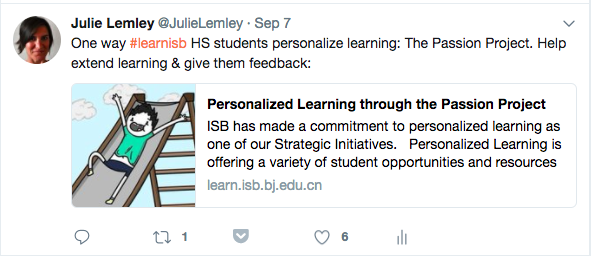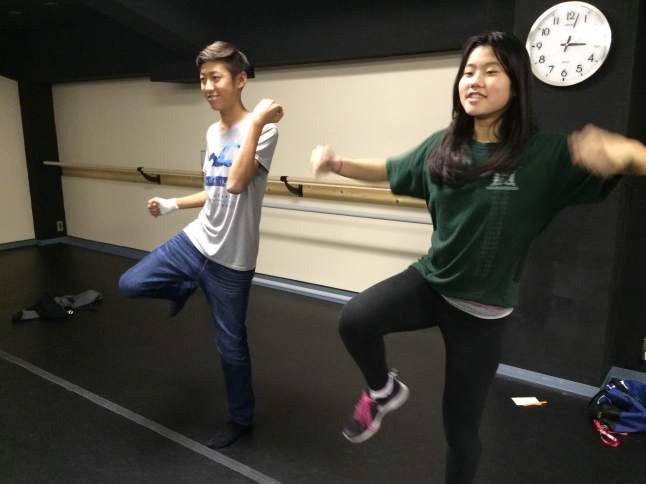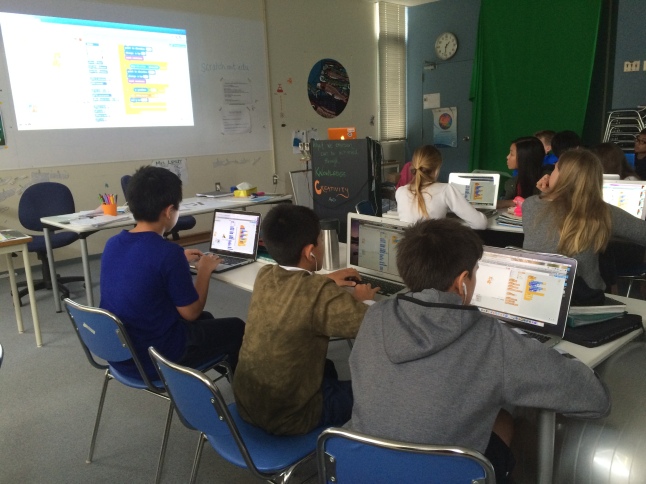 Before I start about me, I am proud of what we’ve accomplished with Design and STEAM at ISB in the past few years. And I’m excited to see what the future holds – as the team grows, as we move into a purpose built space, and as we continue to refine and develop our curricular program. Our ultimate goal is that all students at ISB get a range of design thinking opportunities and develop technical skills that will help prepare them for future careers, projects and life to make a positive impact on their communities and the environment.
Before I start about me, I am proud of what we’ve accomplished with Design and STEAM at ISB in the past few years. And I’m excited to see what the future holds – as the team grows, as we move into a purpose built space, and as we continue to refine and develop our curricular program. Our ultimate goal is that all students at ISB get a range of design thinking opportunities and develop technical skills that will help prepare them for future careers, projects and life to make a positive impact on their communities and the environment.
But, this post is about MY annual goals this year…
I’m keen to be a part of this pilot for teacher reflection and growth. While goals are personal, I think it’s great to see what other colleagues are doing and how we can connect what we are doing and work together towards common goals. For this pilot, teachers will be using Tripod’s 7Cs Framework for Effective Teachers. Since this didn’t fit perfectly with our roles, the EdTech team has revised this framework to better suit our needs: 7Cs for Coaches
My two main goals this year are connected to CAPTIVATE & CULTURE.
CAPTIVATE: Coaches who captivate spark and maintain learner interest in learning. They stimulate and engage learners by cultivating curiosity and inquiry and by making lessons interesting, relevant, and enjoyable.
My goal: I want to improve my presentation skills both in workshop and presentation format.
The WHY: I present a lot with my role. I like sharing. I get just as much from presenting as I do from being a participant (sometimes even more!). BUT, I get very nervous when I present. I talk too fast. I lose my place. My message and passion gets lost in the delivery. I love being inspired by a presenter, a keynote speaker, a teacher and I want to get better at this. Specifically, I need to work on presenting where there is “no feedback from the audience” – a big presentation on a stage and the first 10-20 minutes of a workshop.
How I will measure this goal: I will get feedback from trusted colleagues and participants after presentations. I will use video to analyze different presentations this year.
How I will achieve this goal:
- Participate in Kendall Zoller’s Presentation Professional Development (Sept 2018 at International School Beijing)
- Work on one skill per month to increase “muscle memory” for these competencies of Choreography of Presenting
- I will use the Choreography of Presenting book as supporting materials
- I will use video from some of my presentations to analyze my presentations and receive feedback from others
CHALLENGE: Coaches who challenge learners insist that they persevere and do their best work. They hold learners to high academic standards, encourage persistence, and monitor learner effort.
My goal: I want to improve the feedback protocols we use in our classes and activities – through Integration, Enrichment classes, and Ignite Weeks.
The WHY: Sometimes I feel like the feedback protocols I use are repetitive and don’t always get good quality responses from students. Carving out enough time to adequately reflect and give/receive feedback has been an area I feel like that I can continue to improve on. Also, I want to impact the culture of our students, especially as they enter more “high stakes” high school courses they want to know how do I get highest marks rather than critically looking at their own work and also collaborating with their classmates to help everyone improve.
How I will measure this goal: I will have a resource to share with all teachers with different feedback strategies we can use as a whole school for design thinking and quality reflection practices.
How I will achieve this goal:
- Collect feedback protocols and strategies from my colleagues & extended PLN about their existing feedback practices
- Meet with the EdTech/STEAM Team to evaluate feedback protocols and strategies create a common language for feedback practices
- Curate feedback protocols and strategies for self/peer reflection, conferencing, formative feedback and assessment
- Design appropriate graphics for high impact visuals for teaching and learning
- Share feedback protocols with ISB community, Design network and beyond
 All images in this post are from The Noun Project
All images in this post are from The Noun Project









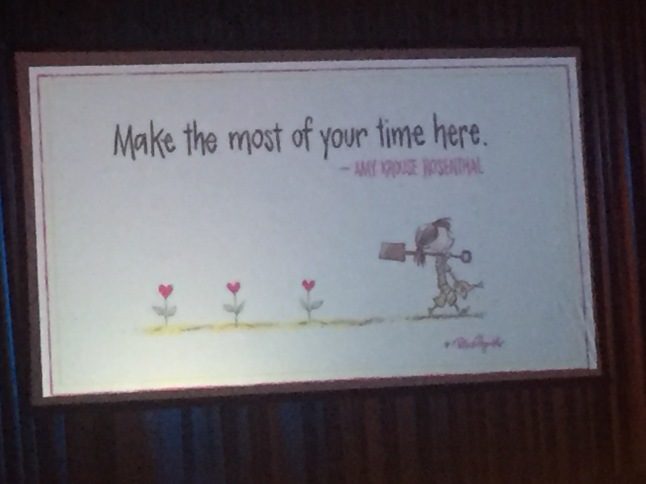


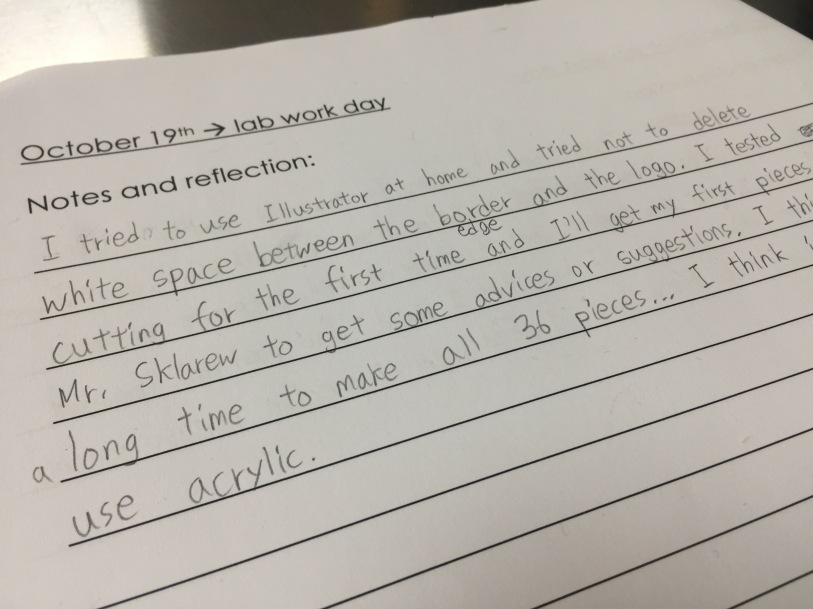

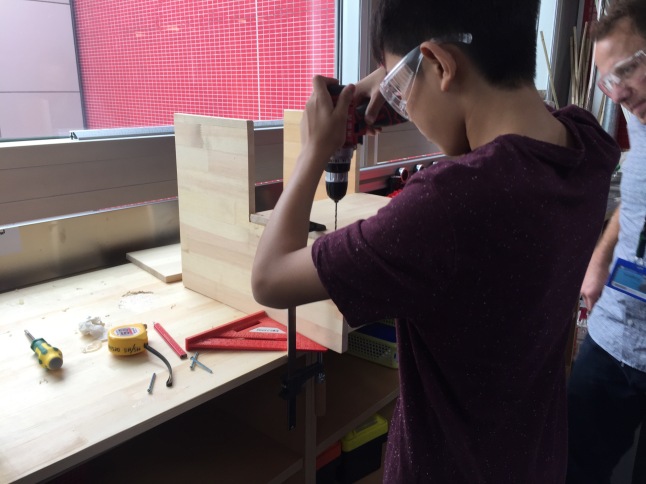 a leather bag designed for a teacher who moves around a lot throughout the day
a leather bag designed for a teacher who moves around a lot throughout the day
